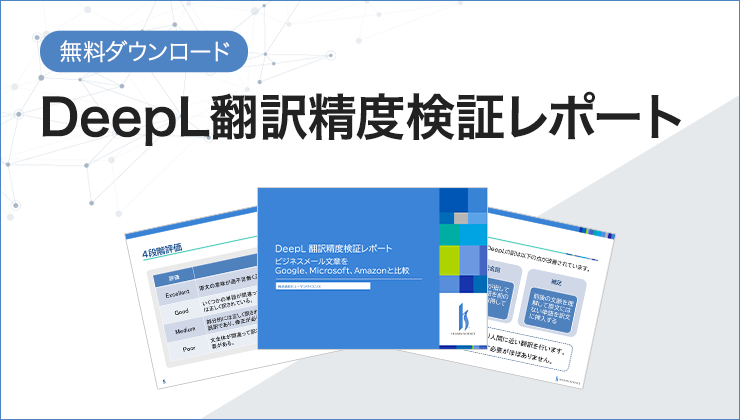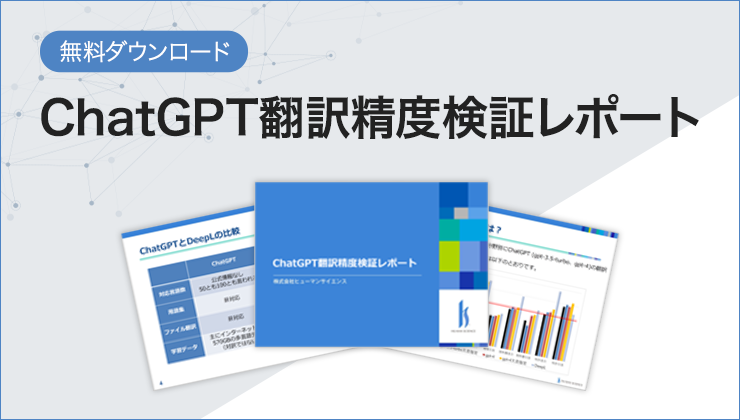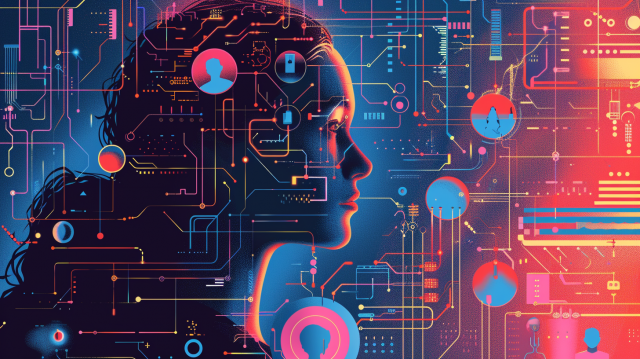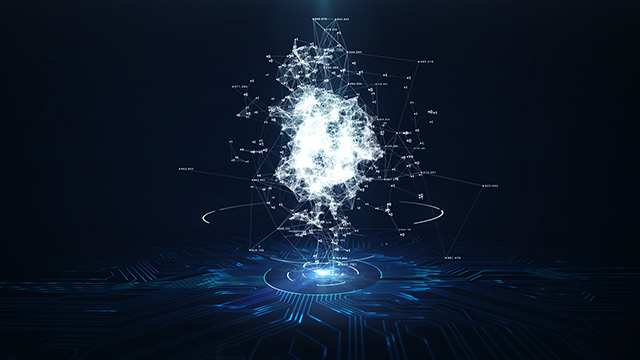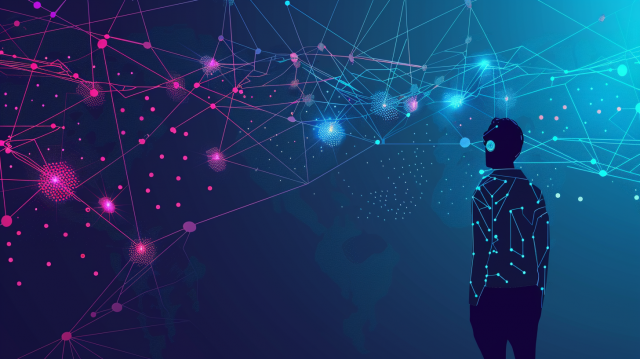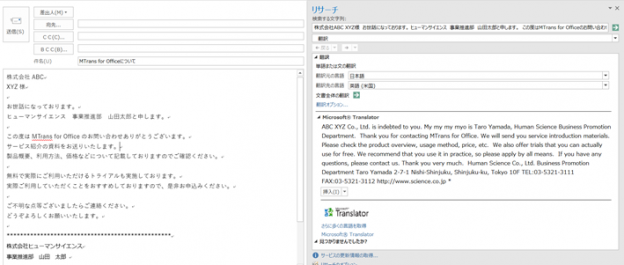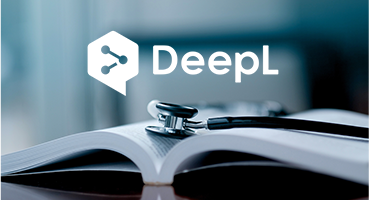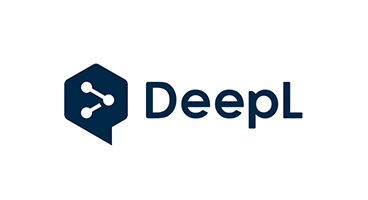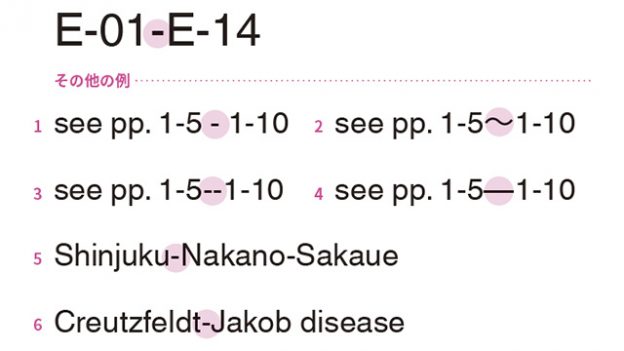
- Table of Contents
-
- 1. What is ChatGPT API?
- 1-1. What is ChatGPT?
- 1-2. What is an API?
- 1-3. What is ChatGPT API?
- 2. What can be done with ChatGPT API
- 2-1. Automated Response and Question Response
- 2-2. Writing, Summarizing, and Proofreading
- 2-3. Language Translation
- 2-4. Writing, Summarizing, and Proofreading of Emails and Other Documents
- 2-5. Information Retrieval
- 2-6. Transcription and Minutes of Meeting Creation
- 2-7. Programming Code Creation and Modification
- 2-8. Debug verification, specification confirmation
- 2-9. Manual Creation
- 3. Benefits of Using ChatGPT API
- 3-1. By integrating with chatbots and other tools, user experience and customer satisfaction can be improved.
- 3-2. Significant reduction in time and resources required for AI development
- 3-3. ChatGPT is highly scalable and flexible, making it suitable for a variety of tasks.
- 3-4. Linking translation and document creation to internal tools leads to improved work efficiency.
- 4. Examples of Using ChatGPT API
- 4-1. Collaboration with Translation Software
- 4-2. Collaboration with AI chatbots on EC sites and other platforms
- 4-3. Collaboration with Press Release Automation Tool
- 5. Summary
1. What is ChatGPT API?

1-1. What is ChatGPT?
ChatGPT is a very large language model developed by the non-profit organization OpenAI. This model uses artificial intelligence to communicate with users in a chat format. ChatGPT mainly learns from a large amount of text data available on the internet, and its feature is that it can generate natural sentences as if written by a human. Depending on the instructions (called prompts), ChatGPT can have conversations like a human, create emails, blogs, scenarios, come up with ideas, and summarize long sentences. It can also be used for translation and data annotation tasks.
For more information on how to utilize ChatGPT and its translation accuracy in translation services, please refer to the following article.
For more information on how to utilize data annotation in business, please refer to the following article.
"Can data annotation be done with ChatGPT?"
1-2. What is an API?
API stands for Application Programming Interface, which serves as a gateway for sharing data and functionality between software applications and enabling them to interact with each other. APIs provide rules and protocols for applications to communicate with each other, allowing developers to share and collaborate information across different systems and platforms. Web APIs specifically refer to those provided on the internet.
Web API uses HTTP (Hypertext Transfer Protocol) to send and receive data. Generally, Web API is used to exchange data between clients and servers. Web API receives HTTP requests from clients and returns HTTP responses. The request includes an HTTP method (GET, POST, PUT, DELETE, etc.) and an endpoint (URL), and the response includes data and status codes.
In information exchange, JSON (JavaScript Object Notation) and XML (eXtensible Markup Language) data formats are commonly used. JSON is particularly easy for humans to read and easy for machines to analyze, making it widely adopted in many Web APIs.
In many cases, access to Web APIs is controlled using authentication tokens or API keys, allowing only authorized programs to access them. Additionally, data communication is typically encrypted using HTTPS, preventing third parties from reading the contents of the communication.
Web APIs are provided by many services available on the internet. For example, social media platforms (Facebook, X), cloud services (AWS, Azure), payment processors (PayPal, Stripe), and map services (Google Maps) all offer Web APIs, allowing developers to extend their applications using these APIs.
1-3. What is ChatGPT API?
OpenAI offers various web APIs such as text generation, image recognition/generation, and speech recognition/generation. These web APIs are collectively referred to as OpenAI API. Among them, the web API specifically for text generation is called ChatGPT API. With ChatGPT API, you can select the GPT model and there are models available such as GPT-4 and GPT-3.5. Additionally, when using the API, you can also access preview versions of the models, allowing you to try out the latest models like GPT-4 Turbo. For more information on GPT-4 Turbo, please refer to the following blog post.
"GPT-4 Turbo and ChatGPT, customizable GPTs, have been released."
2. What can be done with ChatGPT API

2-1. Automated Response and Question Response
By using the ChatGPT API's Assistants, you can generate appropriate responses to questions while maintaining a conversation with the user. By utilizing the Retrieval feature of Assistants, you can pass reference files and combine internal and external knowledge within ChatGPT to generate responses. Simply by providing your company's product or service FAQ documents, you can create your own unique ChatGPT.
2-2. Writing, Summarizing, and Proofreading
In text creation, you can generate natural sentences in response to given text or questions. It can be used in various situations such as writing blog posts or creating reports. With the summarization function, you can summarize long sentences into shorter ones. This is useful when processing large amounts of information efficiently, such as summarizing news articles or meeting minutes. With the proofreading function, you can correct grammar and expression errors in given sentences. It can be used to improve the quality of writing and support foreign language learning, such as proofreading English texts or correcting essays.
2-3. Language Translation
By specifying the source text and target language, the ChatGPT API is capable of translation. There is no need to specify the source language as it will be automatically detected. The training data used for the development of ChatGPT includes multilingual data, but the majority of the data is in English, making ChatGPT particularly skilled in automatic translation to English, especially in terms of expression.
2-4. Writing, Summarizing, and Proofreading of Emails and Other Documents
By using the ChatGPT API, you can achieve functions such as creating emails and other documents, summarizing, and proofreading. For example, it can be used in various situations such as drafting important emails or creating reports, and processing long texts that require summarization. It also has a proofreading function, which allows you to correct grammar and expression mistakes in emails.
2-5. Information Retrieval
ChatGPT mainly learns data on the web and can be used for various information searches. The latest date for the learning data is April 2023 for ChatGPT's preview version GPT-4 (gpt-4-1106-preview). After this date, it is not possible to search for the latest data or non-public data such as internal documents. By using the aforementioned Assistants API, additional information can be passed to ChatGPT, making it possible to search for the latest and non-public data.
2-6. Meeting Transcription and Minutes Creation
OpenAI API provides a speech recognition function called "Whisper". It can accurately recognize speech not only in English but also in Japanese. Since it automatically recognizes the language, there is no need to specify the language beforehand. However, it is important to note that it cannot recognize the speaker.
2-7. Programming Code Creation and Modification
ChatGPT is also learning programming code. With extensive knowledge of widely used programming languages such as Python, JavaScript, and C#, it can generate programming code simply by instructing it in human language. It also has a detailed understanding of best practices for programming, and can provide helpful advice during design and testing. It is also possible to pass on existing code and receive explanations.
2-8. Debugging verification, specification confirmation
When debugging, passing an error message allows you to obtain a detailed explanation of the issue. It is also possible to have someone point out the suspected cause or provide suggestions for fixes by passing programming code. You can also create code samples from specifications or create test code in reverse.
2-9. Manual Creation
You can prepare the outline of the manual and generate the body text with ChatGPT. It is possible to generate long sentences at once, but generating by chapter or paragraph unit improves accuracy. If you have past manuals, you can also pass that data to align the writing style and expressions.
3. Benefits of Using ChatGPT API

3-1. By integrating with chatbots, user experience and customer satisfaction can be improved.
Chatbots are different from humans and can operate 24/7, providing quick information. Additionally, chatbots can collect customer feedback and understand areas for improvement and requests. This allows for the development of services and products tailored to the needs of customers.
3-2. Significant reduction in time and resources required for AI development
Developing AI from scratch requires a significant amount of time and resources. However, by using external services such as ChatGPT, there is no need for developing the base AI. Additionally, by utilizing cloud services from OpenAI or Microsoft, there is no need for infrastructure construction or maintenance, allowing for the provision of stable services at a low cost.
3-3. ChatGPT is highly scalable and flexible, making it suitable for a variety of tasks.
ChatGPT has excellent scalability and flexibility, making it possible to meet various needs. For example, it can be used for information provision, question and answer, inference, and summarization, among other wide-ranging applications. Additionally, ChatGPT has excellent capabilities in both natural language understanding and generation, making it suitable for conversational tasks and can also be used as a conversation bot or virtual assistant.
3-4. Linking translation and writing tasks to internal tools leads to improved work efficiency.
By integrating ChatGPT API with internal tools and translation software, you can greatly reduce the time and effort involved in translation and content creation. ChatGPT can be used not only as a machine translation engine, but also for generating text, proofreading grammar, and improving expressions, making it possible to streamline a wide range of tasks.
4. Examples of Using ChatGPT API

4-1. Integration with Translation Software
By using translation engines such as DeepL and Google, as well as ChatGPT, various benefits can be obtained. In the past, a large amount of source text and translated text were required for customizing machine translation engines, which took time and cost. However, with ChatGPT, you can get the desired translation just by devising the prompt. Also, when revising documents, there is a translation memory, and if there are modifications to some of the source text (called fuzzy matches), in the past, humans had to manually correct the translated text. However, by utilizing ChatGPT, automatic correction of fuzzy matches is now possible. For more information on collaboration with translation software (CAT tools), please see the following article.
"How to use ChatGPT for translation? Introducing usage and utilization methods."
4-2. Collaboration with AI chatbots on EC sites and other platforms
ChatGPT has extensive knowledge and can provide natural conversation by utilizing it. By using the Assistants API, appropriate responses can be provided when customers ask questions or have doubts about products and services on an EC site. In addition, ChatGPT can have conversations with multiple customers at the same time, allowing companies to handle customer inquiries while keeping labor costs low even when the number of customers increases. Furthermore, the ChatGPT API allows for conversations in multiple languages, making it possible to globalize an EC site.
4-3. Integration with Press Release Automation Tool
ChatGPT can be used as a press release drafting tool. By providing a unique prompt, it is possible to automatically create the optimal article structure for press releases. Simply by entering the outline of the press release that the public relations representative wants to create, the draft can be completed, greatly reducing the workload of public relations. In addition, not only Japanese press releases, but also English press releases can be easily created.
5. Summary
ChatGPT API is an API for a large-scale language model provided by OpenAI. By using ChatGPT API, your own software or web services can be integrated with ChatGPT. With ChatGPT API, various tasks such as automatic responses, text generation, and language translation can be achieved, and its flexibility and scalability allow for a wide range of applications. Some benefits include improving user experience, streamlining AI development, high flexibility, and improving business efficiency through integration with internal tools and translation software.
At Human Science, we offer MTrans for Office, an automatic translation software that is integrated with ChatGPT API, as well as MTrans for Trados. ChatGPT can not only be used as a translation engine, but also for transcribing, rewriting, and proofreading text depending on the prompts. MTrans for Office and MTrans for Trados also offer a 14-day free trial. Please feel free to contact us for more information.
Features of MTrans for Office
① Unlimited number of files and glossaries that can be translated with a fixed fee
② Translate with one click from Office products!
③ Secure API connection for peace of mind
・For customers who want further enhancement, we also offer SSO, IP restrictions, etc.
④ Japanese language support by Japanese companies
・Possible to respond to security check sheets
・Payment by bank transfer is available
MTrans for Office is an easy-to-use translation software for Office.
Features of MTrans for Trados
- ① Simultaneous translation using multiple machine translation engines such as DeepL and Google.
- ② Automatically apply terminology to machine-translated text. Centrally manage terminology glossaries regardless of machine translation engine.
- ③ String replacement, regular expression replacement, automatic correction of translation style, notation, and expression using ChatGPT
- ④ Automatic Correction of Fuzzy Matches in Translation Memory
- ⑤ Maintain original formatting and tags during machine translation
What is the machine translation solution MTrans for Trados for Trados?





